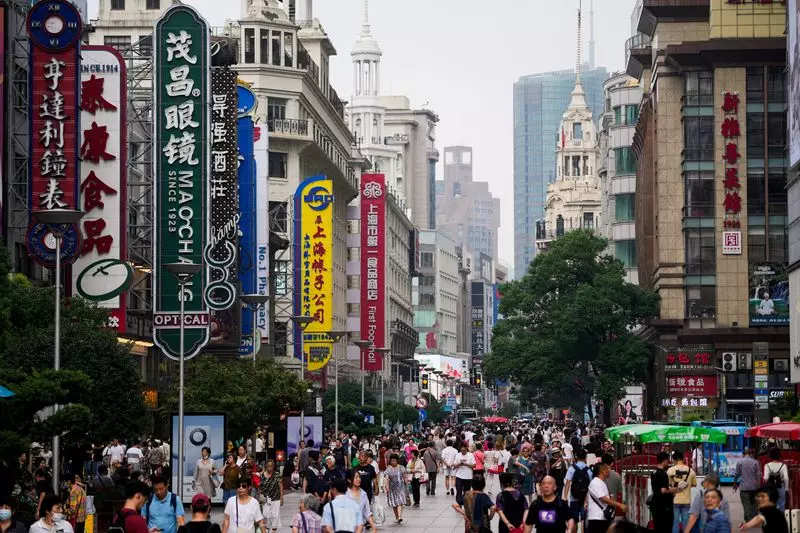As the world watches, China’s leadership has made a significant decision to raise its budget deficit to 4% of Gross Domestic Product (GDP) for the upcoming year—marking the highest deficit level on record. This strategic pivot to a more expansive fiscal policy reflects the country’s response to a myriad of economic challenges, while still holding onto a targeted economic growth rate of approximately 5%.
Historically, China has maintained a more conservative fiscal stance, setting the deficit target at around 3% of GDP. However, recent deliberations among top Chinese officials, including insights from closed-door meetings like the Central Economic Work Conference (CEWC), suggest a willingness to adopt a more proactive economic approach. This change is fundamentally linked to external pressures, particularly anticipated tariff increases from the United States under a potential return of Donald Trump to the presidency. Such geopolitical dynamics are pushing China to recalibrate its fiscal priorities to spur domestic demand and manage potential fallout from trade tensions.
The increase in fiscal deficit is not merely a numerical adjustment; it translates to an additional fiscal outlay of around 1.3 trillion yuan ($179.4 billion). This capital allocation is primarily aimed at stimulating economic activity through investments in infrastructure and social programs, critical for supporting a slowing economy that has been beleaguered by a property crisis and rising local government debt.
China’s economy is facing dual pressures—internal and external. A significant deceleration in economic growth has emerged due to domestic issues, such as the faltering property market and weak consumer spending. The export sector, traditionally a beacon of strength, is now threatened by a potential rise in tariffs exceeding 60% on Chinese goods, should forthcoming U.S. policies take effect. Many manufacturers have preemptively moved operations offshore to mitigate the impact of such tariffs, concerning national job security and investment dynamics.
The looming threat of tariffs complicates the economic landscape for Chinese exporters, who face diminishing profit margins. Analysts caution that the proposed levies may trigger a domino effect, hindering job creation and further stifling economic growth. As a consequence, the government may find itself grappling with exacerbated issues related to overcapacity in industry and looming deflationary pressures.
In light of these realities, Chinese monetary policy is expected to pivot towards a more accommodating stance. The traditional “prudent” approach that has characterized the central bank over the past 14 years is likely to give way to an “appropriately loose” methodology. This signals anticipated interest rate cuts and enhancements in liquidity to invigorate the economy amidst the backdrop of rising debt levels.
Historical data offers a stark comparison; while total debt—including that accrued by the government, households, and corporations—has surged over fivefold since 2009, the economy itself has only tripled in size. This disparity highlights the urgent need for reformative measures that not only stimulate growth but also address mounting debt concerns.
As China judiciously crafts its economic strategies for 2024, it will likely rely heavily on fiscal stimulus while considering diverse tools to mitigate adverse impacts stemming from potential trade barriers. Reports indicate deliberations among government officials regarding possible adjustments to the yuan’s value down the line, as a method to buffer the effects of harsh tariffs. A stable yet adaptable exchange rate will be vital to fostering international trade relations while preserving economic equilibrium.
China stands at a critical juncture. The decision to escalate the budget deficit to unprecedented levels comes at a time when the nation faces multifaceted headwinds—both foreign and domestic. While the current strategy may yield necessary short-term alleviations, careful monitoring and adaptation will be essential to ensure sustainable economic growth in an increasingly complex global landscape. As these developments unfold, the international community will closely scrutinize China’s ability to navigate these turbulent waters and the long-term implications for both its economy and global trade dynamics.

